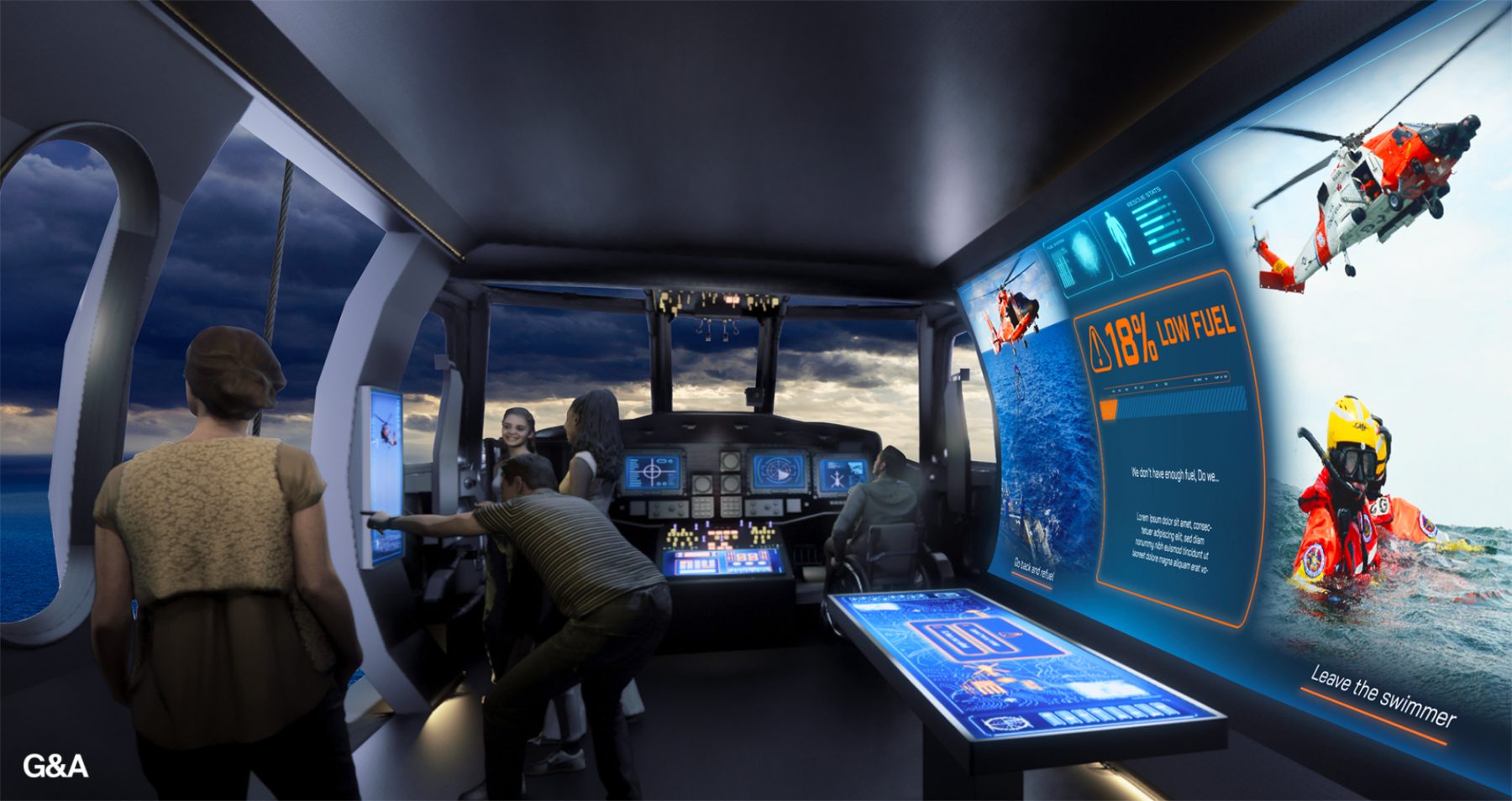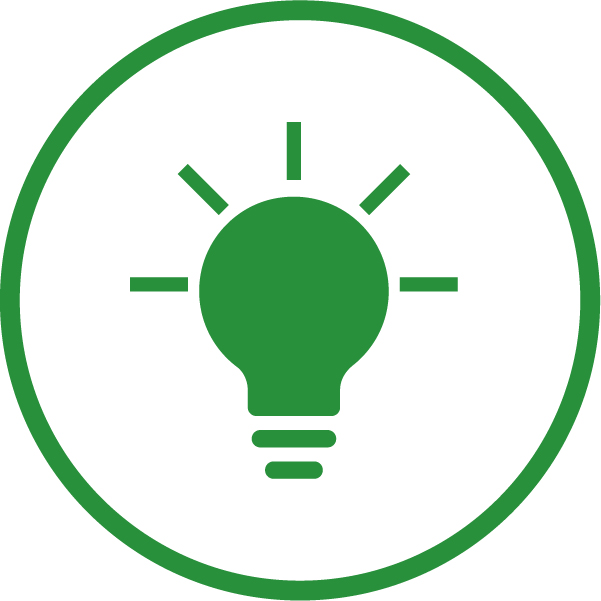
K-12 Education
STEM-based learning is a core mission of the U.S. Coast Guard and a key component of our Museum experience.

STEM-based learning is a core mission of the U.S. Coast Guard and a key component of our Museum experience.
Part of our vision involves creating impactful resources to encourage interest in science, technology, engineering, and math (STEM)-based learning and providing educational programming for K-12 students. The USCG continuously uses innovative technology (the T in STEM learning) to protect our waterways, environment, and commerce.

The National Coast Guard Museum Association is delighted to have received more than $200,000 in grants from The Richard Lounsbery Foundation, which will be used toward our mission of investing in novel projects and forward-thinking concepts that strengthen children’s performance in STEM disciplines.
We’ve expertly crafted our education initiative to create an engaging visitor experience. Learners will encounter stimulating hands-on activities with STEM-learning objectives integrated throughout the exhibits in our state-of-the-art STEM Lab—home to our simulated mission experiences—and our Innovation Lab for early learners.
Educators from across the Nation include USCG historians, exhibit designers, and subject matter experts.
These dedicated members are collaborating through a series of workshops, panels, and community forums to design learning experiences in three areas of exploration:
The Museum’s STEM Lab provides three fully immersive settings:
Working in groups of six, teams will engage in 15- to 20-minute mission experiences with varying levels of difficulty. This dynamic setting offers an opportunity to cultivate collaborative skills, as each mission’s success hinges on the team’s adept communication, critical thinking, decision-making, and ability to harmonize efforts in overcoming challenges.
The STEM Lab will be open to visitors ages 9+ (tentative). The dynamic and fast-paced missions will cover real-world scenarios, such as:
Before participating in any of these three missions, visitors will watch an introductory film in the Briefing Room that will provide a preview of what to expect and advice about the essential qualities they’ll need to succeed in their mission.
Once their missions are complete, visitors will debrief their level of success with their teammates and watch a short video detailing the real-life USCG missions that inspired the simulated experiences each team just tackled.
How can the National Coast Guard Museum educate future generations? Our plan is to partner with K-12 school districts to encourage students’ interests in STEM programming and create dynamic, in-class educational resources that connect academic concepts like probability with examples of real-life USCG missions.
Our inspiring, STEM-centered unit plans can be seamlessly incorporated into existing lessons throughout the academic year. Educators can easily request plug-and-play lessons tailored to their students’ grade level or subject area, complete with all necessary materials for guided activities.
More than 30,000 K-12 students are expected to engage with the Museum’s programming each year. If you’re an educator interested in incorporating our educational resources into your curriculum, we encourage you to connect with us to learn more info@coastguardmuseum.org.
Educators can request plug-and-play lessons packs with real-world scenarios to help bolster learning for K-12 students. Developed for educators in all settings, our Coast Guard lesson packs can be seamlessly designed into existing curriculum.
The lesson pack design principles are curated from:

If you’re an educator interested in integrating STEM experiences, we encourage you to reach out to learn more info@coastguardmuseum.org about our educational resources.
Vistors will embark on a guided Museum adventure highlighting the everyday bravery of the USCG and providing an opportunity to experience the diverse skills vital to the success of USCG servicemembers.
The missions include:
Participants will engage in activities that highlight a core USCG skill and have a STEM element (e.g., code breaking as a critical thinking exercise). After completing each activity, participants earn badges that become entries in a personalized graphic novel—their USCG story—designed to reflect the specific skills demonstrated at the Museum.
This approach centers participants’ engagement and follow through and encourages them to continue exploring new skills after completing their journeys through the exhibits.
Designed to introduce and instill STEM principles to early learners (ages 3 to 9), this Lab is intended to encourage young learners to play, create, and innovate.
Learners will be captivated as they interact with murals, a large lighthouse model, and built-in areas like tunnels all within the vibrant 3-D environment.
Planned activities are designed to sharpen young learners’ skills as they experiment with common USCG skills like knot tying, using electrical circuits, repairing various materials, and balancing a ship’s weight.
They’ll also be encouraged to innovate and problem solve by using everyday materials with activities like making your own life preserver and making a rescue hoist.
Learn how you can be a catalyst for change, helping create the National Coast Guard Museum. Join our mailing list to stay up-to-date on building progress and support opportunities.